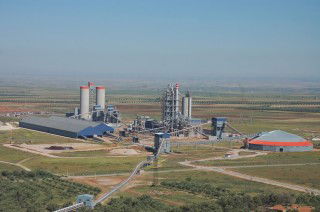Southeast Asia’s vibrant cement industry faces a serious but not insurmountable challenge from the current COVID-19 pandemic. In the long-run, structural overcapacity will be the key force of change, as it exerts pressure on business models, forces consolidation and calls time on new capacity.
Southeast Asia, which in this article relates primarily to the 10 nations making up the Association of South East Asian Nations (ASEAN) included in Figure 1, were growing powerfully at the turn of the year. All countries in the grouping were growing faster that the world average (IMF: 2.9 per cent) and half were exceeding five per cent.
This provided a strong economic footing for the region’s cement markets, which were expanding at a collective annual growth rate of 2.8 per cent in 2019, albeit at a slightly slower rate than in 2018 (5.3 per cent).
